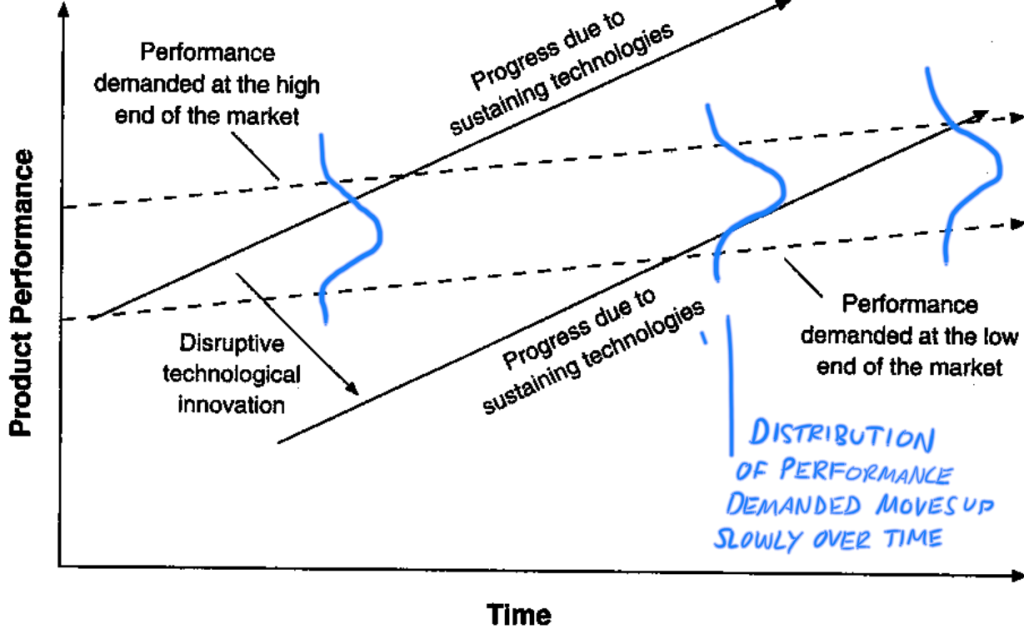Thanks for visiting! Here’s a quick intro if you’re new here.
FutureBlind is devoted to covering four general topics: business, investing, tech, and design. It was initially launched in 2007. Here’s some examples of areas I’ll cover:
- Technology — in particular frontier tech like AI, Space, Bioengineering, etc.
- Progress — how we can make faster progress, in particular how we can tell better stories that drive progress
- Business & Investing — mental models about startups, investing, and business analysis
- Design — how to design better experiences and how new tools drive better design
Below are some featured posts to get started with. If you like any of them, please subscribe to the newsletter — it goes out every 2-3 months. I’m hopeful you’ll learn something and come away more optimistic.
Read more about the blog and my beliefs…
Join 400+ other friends who receive the newsletter:
Subscribers will get a roundup of posts and other things I find interesting about every quarter. I’ll also do the occasional post as a podcast episode.
Featured posts to get started with:
- 🔄 Advantage Flywheels — Competitive advantage can be represented visually as 1 or more feedback loops.
- 🚀 Take the Iterative Path — How SpaceX moves fast and blows things up to become an industry leader.
- ⚡️ Let’s jumpstart the new industrial revolution — What could a new industrial revolution bring?
- 🤖 Mashgin: The Future of Computer Vision — Our vision at Mashgin as of 2016.
- 🌌 The Future of Space, Part I: The Setup — Why the space industry is about to take off.
- 🌺 Generalists vs. Specialists (and the Specialist’s Dilemma) — How we can learn from generalist and specialist species.
- 🪜 Managing Modes of Effort — A framework for managing progress at every level of abstraction.
- 🚀 Product Strategy: Falcon 9 — A short product case study on SpaceX’s Falcon 9.
- 🍟 The McDonald’s Success Story — The early history of McDonalds and what made them successful.
- 🍔 The Restaurant Investor — A long-form essay on the turnaround of Stake-n-Shake and what it takes to succeed in the chain restaurant business.
- 💡 The Progression of Innovation — Know where a company fits in the progression of innovation.








